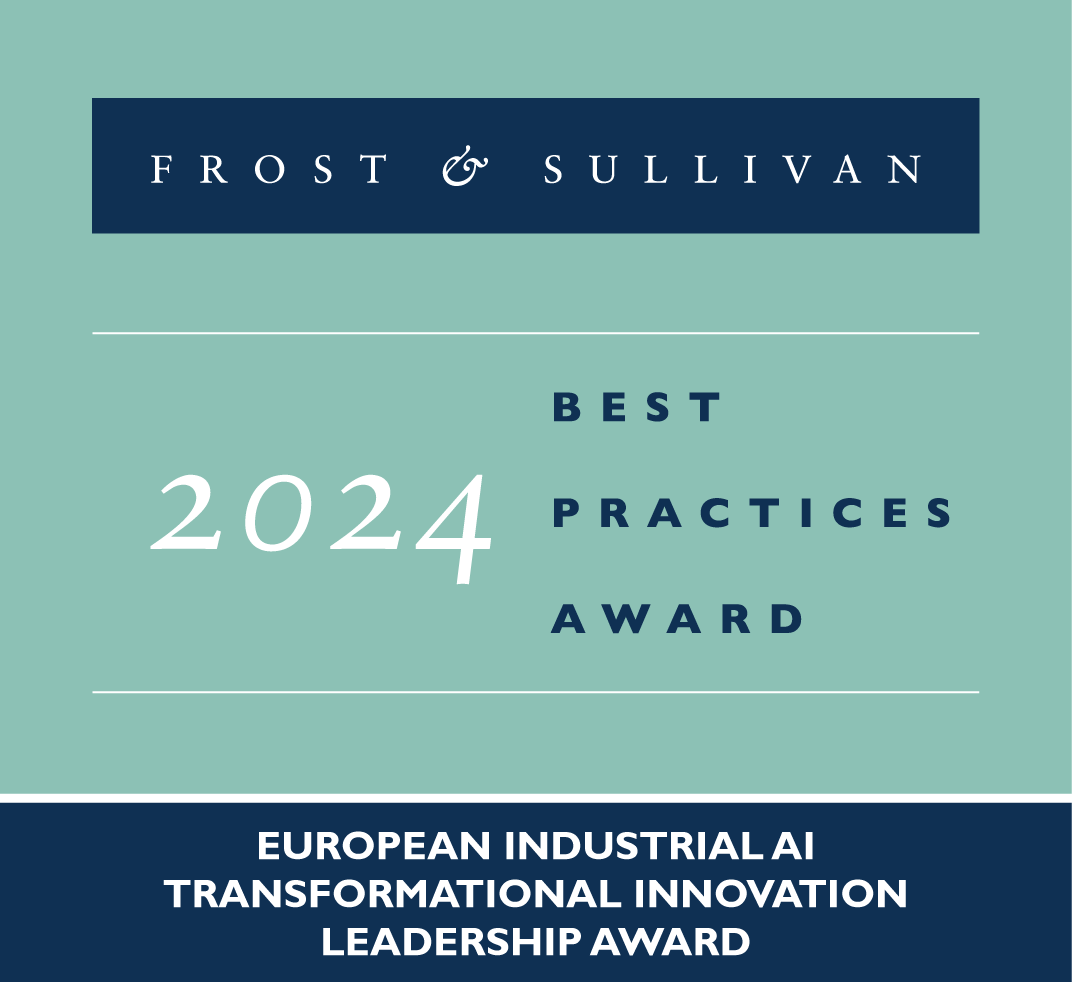In today’s digital era, generative artificial intelligence (GenAI) is widely regarded as one of the most transformative technologies, with the potential to disrupt business operations and workflows across sectors like banking and financial services (BFS), manufacturing, insurance, customer services, IT, retail, and healthcare. Unlike conventional AI, which focuses on analyzing/categorizing data and automating manual processes, GenAI empowers users to produce creative content based on smart algorithms and AI models. These outputs range from text and code to images, synthetic data, audio, and even video.
Today, though GenAI promises countless potential benefits, barriers like operational complexities, ethical considerations, infrastructural challenges, and lack of explainability, make growth and implementation difficult across various sectors. From managing vast amounts of data to ensuring compliance with regional privacy regulations, these hurdles often slow down adoption rates. Understanding the following imperatives and developing robust strategies to navigate them is crucial for technology providers aiming to drive innovation with this dynamic technology:
To know more about AI maturity across different industries and growth opportunities in GenAI, click here.
- Disruptive Technologies
Exploring the Use of Small Language Models (SLMs): Training and using large language models (LLMs) requires extensive compute resources and datasets, making them expensive for enterprises. This positions SLMs favourably to help industry incumbents strike a balance between performance and resource efficiency. Since these can be fine-tuned for specific tasks and industries, providers feel the need for prioritizing SLMs, thereby making them more accessible for a wider range of devices and applications.
- Competitive Intensity
Scaling GenAI and Driving Continuous Innovation: Though GenAI is being used in controlled environments or pilot projects, scaling these solutions for broader, real-world applications presents significant challenges. Further, given the high degree of focus on launching new GenAI offerings by leading companies and start-ups, providers face the pressure to establish competitive differentiation through niche, verticalized, and industry-specific solutions.
- Internal Challenges
Absorbing High Costs of Implementation: The costs and resources associated with implementing GenAI solutions can be prohibitive for many industries, especially small and medium-sized businesses. High-performance computing (HPC) infrastructure, scalable storage solutions, LLMs, and advanced data processing capabilities — all demand premium infrastructure investments. Providers are constantly striving to justify these costs, particularly when the return on investment (ROI) is not guaranteed or immediate.
- Geopolitical Chaos
Upholding Regional Data Privacy Policies and Security: GenAI requires vast amounts of data to function effectively, which often includes sensitive, personal, or proprietary information from highly regulated verticals like healthcare, finance, energy, and telecom. Handling such data raises concerns over security breaches, regional compliance, misuse, and unauthorized access. Balancing the need for data with the potential risk of data leaks and heavy penalties associated with non-compliance poses a significant challenge for industry incumbents.
What partnerships or collaborative strategies are you pursuing to stay competitive in the GenAI landscape?
- Disruptive Technologies
Upskilling and Reskilling Technical Teams: GenAI is a highly specialized field that requires deep expertise in areas like machine learning (ML), natural language processing (NLP), neural networks, data science, generative pre-trained transformers (GPTs), and application programming interface (API)-based integration. Consequently, providers struggle to foster the right talent pools that are capable of developing, fine-tuning, and maintaining dynamic AI models in-house.
- Internal Challenges
Decentralizing Infrastructure and Services: Enterprise data continues to exist in cloud, on-premises, and edge environments. This implies that applications like AI chatbots, virtual assistants, conversational AI, and sentiment analytics rely on the seamless orchestration of data across decentralized IT environments. By distributing processing power closer to users, decentralized systems emerge as crucial stepping stones for providers to ensure accurate training of LLMs, real-time inferencing, and ultimately better user experiences.
- Transformative Megatrends
Establishing Trust with Ethical AI: GenAI models for creative or design-based tasks, can often produce unpredictable results that might not be backed with explainability, transparency, and accountability. Therefore, industries reliant on precision — such as finance or legal services — find it difficult to trust GenAI. Thus, by prioritizing ethical considerations, providers can better address biases in training data, issues in intellectual property management, and mitigate the risks associated with misinformation/harmful content generation.
Ultimately, as businesses navigate the complex landscape of GenAI, success hinges on more than just adopting the technology. Companies must embrace a multifaceted approach that addresses scalability, ethical AI practices, talent development, and infrastructure modernization to drive sustainable, long-term growth.
Which growth strategies and enabling technologies will you help your teams identify, evaluate, and capitalize on emerging GenAI opportunities?
Don’t let these strategic imperatives hold your organization back amid the AI revolution. Connect with Frost & Sullivan’s growth experts today and turn these challenges into competitive advantages by unlocking new opportunities, technology differentiators, and best practices.




